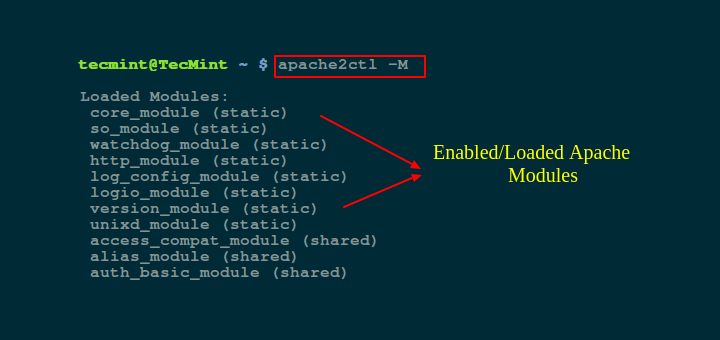Apache access logs: as its name suggests, the access log collects data relating to external parties, such as web browsers or other types of software trying to access your web server. Specifically, this log records incoming HTTP requests and the status of the server’s response. This dataset is from apache access log server. It contains: ip address, datetime, gmt, request, status, size, user agent, country, label. The dataset show malicious activity in IP address, request, and so on. You can analyze more as intrusion detection parameter.
Error Log
| Related Modules | Related Directives |
|---|
Apache Access Log Location
The server error log, whose name and location is set by the ErrorLog directive, is the most important log file. This is the place where Apache httpd will send diagnostic information and record any errors that it encounters in processing requests. It is the first place to look when a problem occurs with starting the server or with the operation of the server, since it will often contain details of what went wrong and how to fix it.
The error log is usually written to a file (typically error_log on Unix systems and error.log on Windows and OS/2). On Unix systems it is also possible to have the server send errors to syslog or pipe them to a program.

Apache Http Log Level
The format of the error log is defined by the ErrorLogFormat directive, with which you can customize what values are logged. A default is format defined if you don't specify one. A typical log message follows:

[Fri Sep 09 10:42:29.902022 2011] [core:error] [pid 35708:tid 4328636416] [client 72.15.99.187] File does not exist: /usr/local/apache2/htdocs/favicon.ico
The first item in the log entry is the date and time of the message. The next is the module producing the message (core, in this case) and the severity level of that message. This is followed by the process ID and, if appropriate, the thread ID, of the process that experienced the condition. Next, we have the client address that made the request. And finally is the detailed error message, which in this case indicates a request for a file that did not exist.
Can winamp burn cds. Burn CD with Winamp Winamp is one of the leading free media players and music management applications on the market. Besides offering a wide range of features to organize your music collections, Winamp also makes the joy of burning your own CDs. If you'd like to apply the player's built-in CD burning, here are some easy steps to follow. Winamp makes the joy of burning (creating) your own music CDs even easier with built-in CD burning. Add individual tracks, a folder, or just burn the playlist you're listening to right now. To burn tracks to an Audio CD Insert a blank CD-R or CD-RW into your computer's CD Recorder.
A very wide variety of different messages can appear in the error log. Free aimersoft video converter for mac. Most look similar to the example above. The error log will also contain debugging output from CGI scripts. Any information written to stderr by a CGI script will be copied directly to the error log.
Apache Http Logo
Putting a %L token in both the error log and the access log will produce a log entry ID with which you can correlate the entry in the error log with the entry in the access log. If mod_unique_id is loaded, its unique request ID will be used as the log entry ID, too.
Apache2 Access Log
During testing, it is often useful to continuously monitor the error log for any problems. On Unix systems, you can accomplish this using:
